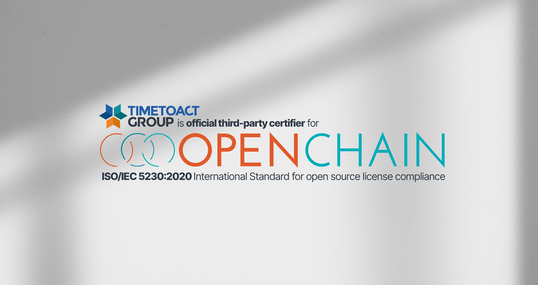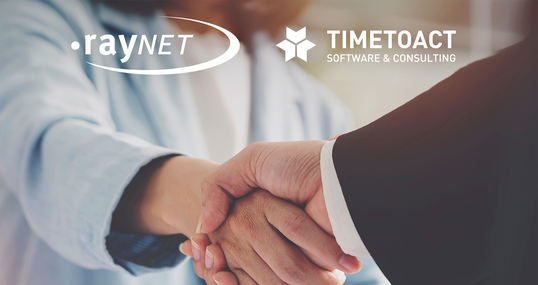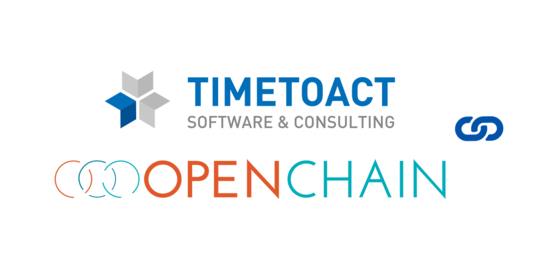We are known for our methodological knowledge, our extensive experience in the transformation of IT organisations and our expertise in current technological developments. We speak and understand both "business" and "IT".
Bring your IT and your business together with Enterprise Architecture
If you are facing the following challenges, it is time to think about introducing Enterprise Architecture Management (EAM):
- IT does not sufficiently support the implementation of the corporate strategy.
- The use of technologies is insufficiently oriented to the requirements of the company.
- IT competences are neither used in a planned way nor developed in a targeted way.
- There is a lack of a "common language" for coordination between business and IT.
What is Enterprise Architecture?
Together we build the suitable Enterprise Architecture
Architecture Concept & Assurance
With a sense of proportion and pragmatism, we deliver holistic concepts for the introduction of effective Enterprise Architecture Management.
IT Landscaping / IT Portfolio Analysis
"What I don't know won't hurt me" does not apply to IT. Only with transparency can you proactively manage costs and risks in IT.
Technology Business Management
The use of IT is not an end in itself, but aims to make processes more efficient and secure. We put it to the test.
Target Operating Model Design
With the knowledge of "what" IT should do, the question of "how" arises. We support the optimisation of IT operations.
Benefit from an Enterprise Architecture
Innovation
In many organisations, the role of architecture management is limited to creating plans of the current IT landscape and making them available to target groups such as IT management, project managers or IT steering committees. Only with comprehensive enterprise architecture management does IT become the innovation partner of its own organisation.
Transparency gain
Comprehensive enterprise architecture management consistently focuses on transparency, starting with the organisation's requirements for IT, through the services, systems and applications provided by IT, to the underlying deployment procedures and operating models. Any gaps (so-called "fit gaps") are documented and evaluated on the basis of risk and cost parameters.
Standardisation
In addition to enabling the IT organisation to optimise and innovate, EAM forces the implementation of standards, combined with the optimisation of the IT service catalogue, the streamlining of the IT portfolio (Lean IT) and the consolidation and integration of operational processes. EAM as a discipline should be a pioneer in following leading market standards, e.g. TOGAF (The Open Group Architecture).
Cost savings & risk reduction
Enterprise Architecture Management provides the basis for sustainable cost savings while reducing operational risks in IT. On the one hand, this is done by consistently questioning the extent to which technologies, service concepts and processes contribute to achieving the strategic goals of an organisation. On the other hand, by pushing IT standards and reducing complexity.
Our approach
According to this procedure model, we support you during the introduction:






